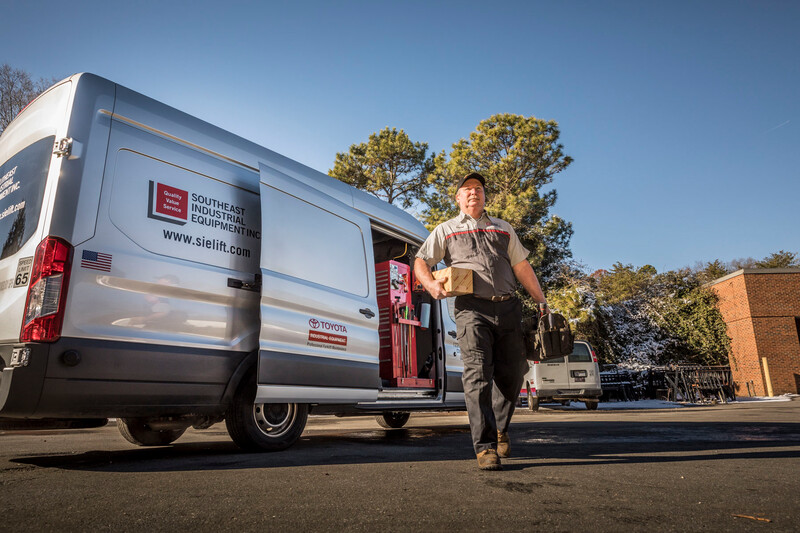Efficient material handling is a cornerstone of success in any warehouse or industrial setting. One tool that stands out for its reliability, ease of use, and productivity is the Tora-Max Electric Pallet Jack. Designed to meet the needs of businesses looking for cost-effective solutions without compromising on performance, Tora-Max pallet jacks offer a wide range of advantages that can transform your operations.
Why Choose Tora-Max Electric Pallet Jacks?
Tora-Max pallet jacks are the perfect blend of power and precision. Whether you’re moving loads in tight spaces or across long distances, these pallet jacks are built to make your job easier. Here are some key benefits of this equipment:
1. Ease of Use
Tora-Max pallet jacks are designed with the user in mind. Their ergonomic handles and intuitive controls make operation straightforward, reducing strain on operators. This ease of use translates to faster training times and improved safety on the job.
2. Compact Design
In many warehouse environments, space is at a premium. The Tora-Max’s compact design allows it to navigate tight aisles and crowded loading docks with ease, ensuring maximum efficiency in even the most confined areas.
3. Electric Power for Increased Productivity
Unlike manual pallet jacks, the Tora-Max is powered by an electric motor, making it ideal for moving heavier loads with less effort. This increased productivity means your team can handle more tasks in less time, boosting overall operational efficiency.
4. Cost-Effective Solution
These pallet jacks provide exceptional value for businesses looking to modernize their material handling operations without a significant upfront investment. With durable construction and minimal maintenance requirements, they deliver a great return on investment.
5. Durability You Can Count On
Built with high-quality materials, these pallet jacks are engineered to withstand daily use in demanding environments. Their robust construction ensures long-term reliability, reducing downtime and repair costs.
Applications of Tora-Max Pallet Jacks
Tora-Max electric pallet jacks are versatile tools that can be used in various industries and applications, including:
- Warehousing: Efficiently move goods in and out of storage.
- Retail: Transport inventory across the store or warehouse.
- Manufacturing: Handle raw materials and finished products with ease.
- Distribution Centers: Load and unload trucks quickly and safely.
Sustainable Solutions for Modern Businesses
In today’s business environment, sustainability is more important than ever. Tora-Max equipment help reduce your carbon footprint with their energy-efficient electric motors. By using an electric pallet jack, you’re not only increasing productivity but also contributing to a greener future.
Invest in the Right Equipment
Choosing the right equipment can make all the difference in your material handling operations. Tora-Max electric pallet jacks are a smart investment for businesses seeking efficiency, reliability, and cost savings.
Ready to take your operations to the next level? Contact us today to learn more about Tora-Max’s pallet jacks and how they can benefit your business!









